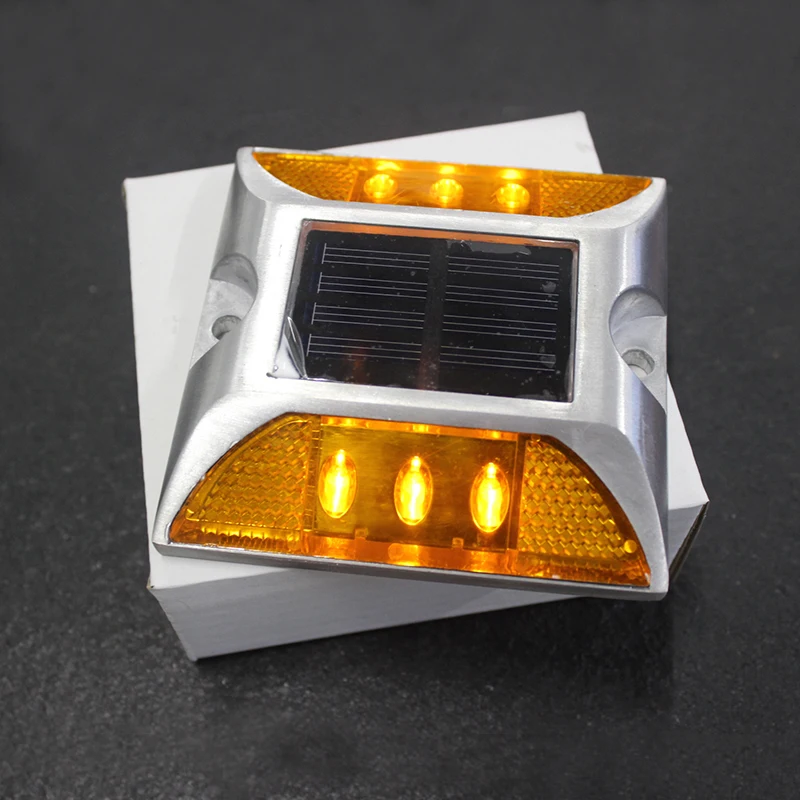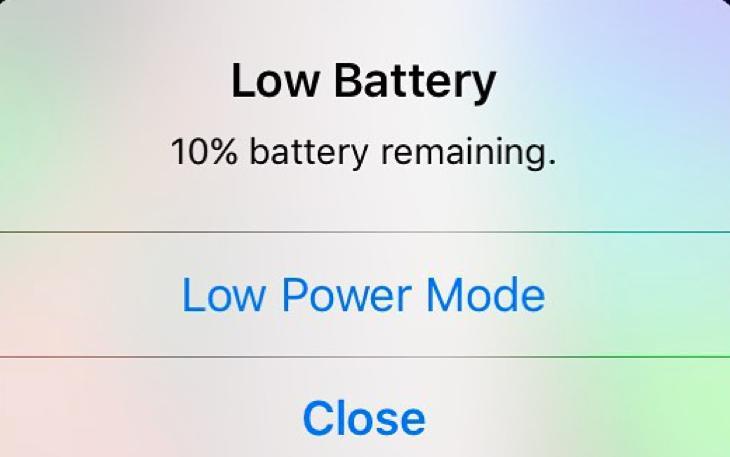


Initially, PhoneBuff put one iPhone 12 through the channel’s standard battery test twice - once with Low Power Mode turned on, and once with it turned off. These are the questions that YouTuber PhoneBuff tried to answer in a recent video, but the results of his first test were rather inconclusive. But how much battery life can Apple’s Low Power Mode actually save? In fact, does Low Power Mode do anything at all? As Apple explains on its website, “Low Power Mode reduces the amount of power that your iPhone uses when the battery gets low.” In order to accomplish this, it reduces or affects a number of features, including email fetch, background app refresh, automatic downloads, 5G service, and more. Apple lithium-ion batteries are designed to hold at least 80% of their original capacity for a high number of charge cycles, which varies depending on the product.In all likelihood, the only time you’ve ever used Low Power Mode on your iPhone or iPad is when prompted to do so after your battery life dips below 20%. With lithium-ion batteries, the capacity diminishes slightly with each complete charge cycle. The capacity of any type of battery will diminish after a certain amount of recharging. It could take several days to complete a cycle.

If you use 25% the next day, you will have discharged a total of 100%, and the two days will add up to one charge cycle. For instance, you might use 75% of your battery’s capacity one day, then recharge it fully overnight. You complete one charge cycle when you’ve used (discharged) an amount that equals 100% of your battery’s capacity - but not necessarily all from one charge. Apple lithium-ion batteries work in charge cycles. There’s no need to let it discharge 100% before recharging. Here's more info:Ĭharge your Apple lithium-ion battery whenever you want. The more cycles you use the lower the capacity is. No it's fine this will make your battery last longer.


 0 kommentar(er)
0 kommentar(er)
